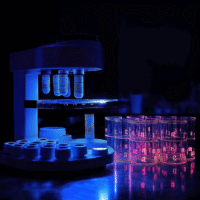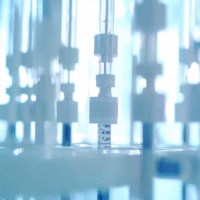Understanding the Trial Results
This trial compared two treatments for children with obstructive sleep apnea (OSA): adenotonsillectomy (AT) and rapid maxillary expansion (RME).
What Worked?
- Both treatments improved sleep-related breathing issues in children.
- After treatment, the number of breathing events during sleep decreased significantly for both groups.
What Didn’t Work?
- There was no major difference between the two treatments in reducing breathing events.
- While RME showed similar effectiveness in improving breathing, it did not improve quality of life and symptoms as much as AT did.
How Does This Help Patients and Clinics?
- Parents can consider both RME and AT as options for treating their child’s OSA.
- Clinics can offer either treatment, knowing both can help improve breathing during sleep.
Link to Research
For more details, you can read the full study here.
Real-World Opportunities
- Hospitals can provide both treatment options to families, allowing for personalized care.
- Doctors can educate families about the benefits and limitations of each treatment.
Measurable Outcomes
- Track the number of breathing events during sleep before and after treatment.
- Monitor improvements in quality of life through questionnaires like the PSQ and OSA-18.
AI Tools
- Consider using AI tools for sleep analysis to monitor patients’ progress effectively.
- AI can help in analyzing questionnaire responses to gauge quality of life improvements.
Step-by-Step Plan for Clinics
- Start by educating your team about both treatments and their effectiveness.
- Begin offering RME and AT as options for families with children diagnosed with OSA.
- Use simple tools to track patient progress and outcomes after treatment.
- Gradually integrate AI tools for better analysis and patient monitoring.
- Collect feedback from families to improve the treatment process and outcomes.




























